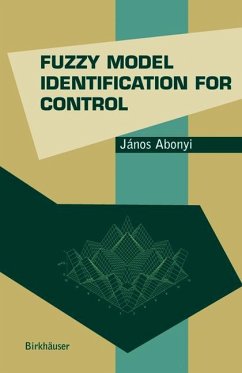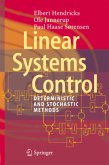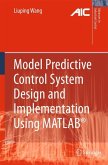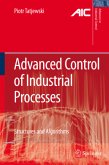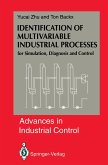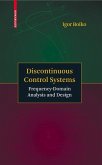Overview Since the early 1990s, fuzzy modeling and identification from process data have been and continue to be an evolving subject of interest. Although the application of fuzzy models proved to be effective for the approxima tion of uncertain nonlinear processes, the data-driven identification offuzzy models alone sometimes yields complex and unrealistic models. Typically, this is due to the over-parameterization of the model and insufficient in formation content of the identification data set. These difficulties stem from a lack of initial a priori knowledge or information about the system to be modeled. To solve the problem of limited knowledge, in the area of modeling and identification, there is a tendency to blend information of different natures to employ as much knowledge for model building as possible. Hence, the incorporation of different types of a priori knowledge into the data-driven fuzzy model generation is a challenging and important task. Motivated by our research into this topic, our book presents new ap proaches to the construction of fuzzy models for model-based control. New model structures and identification algorithms are described for the effec tive use of heterogenous information in the form of numerical data, qualita tive knowledge and first-principle models. By exploiting the mathematical properties of the proposed model structures, such as invertibility and local linearity, new control algorithms will be presented.
Bitte wählen Sie Ihr Anliegen aus.
Rechnungen
Retourenschein anfordern
Bestellstatus
Storno

